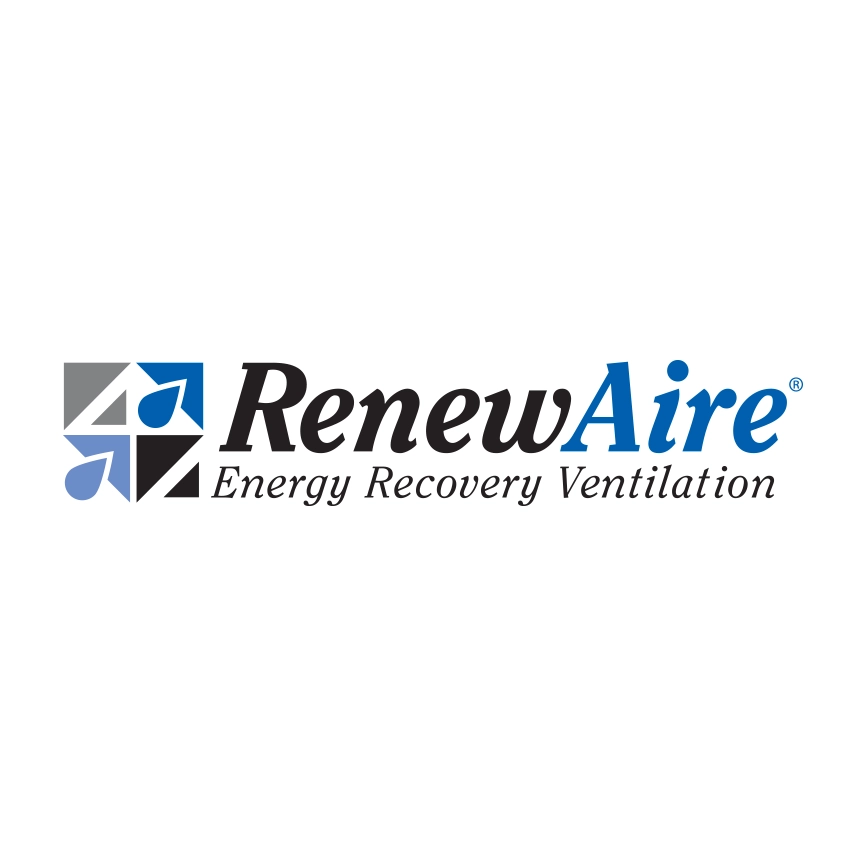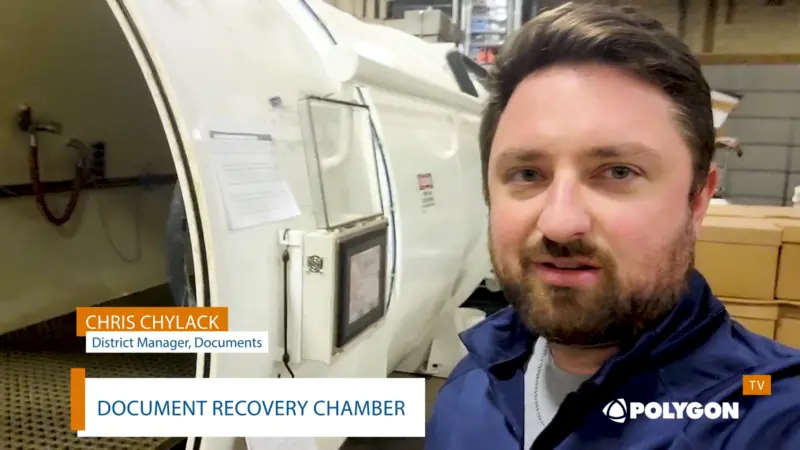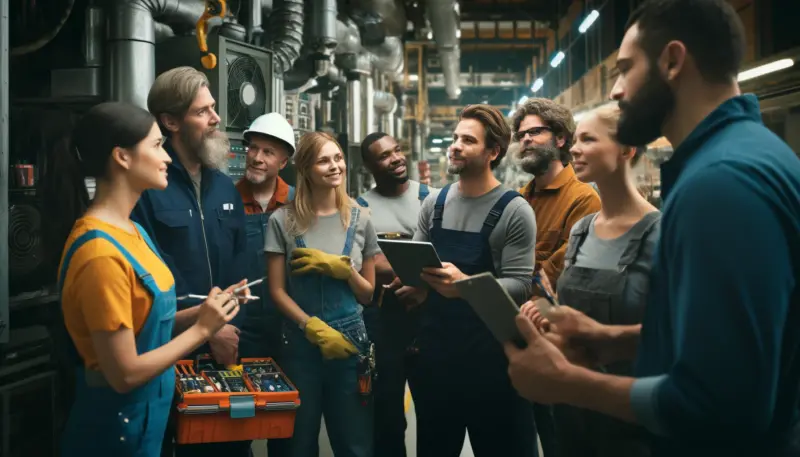Energy Recovery Ventilation: Decarbonization and Building Resiliency
What role does ventilation play in addressing global climate change? A lot, as it turns out. In the recent episode of “Indoor Air Quality And You,” host Gabrielle Bejarano, recently spoke with Nick Agopian, VP Sales & Marketing at RenewAire LLC about how the key to countering climate change is through a three-pronged attack of decarbonization, building resiliency and energy recovery ventilation.
Agopian revealed that the built environment is a big part of the problem, as its responsible for about 47% of global CO2 emissions. According to Agopian, “When we take a look at what’s been happening in the last couple of thousand years compared to the last 20 million years, we see that the impact we have had as humans has been 10,000 times more dramatic than the last ice age. So, when we look at decarbonization, we look at the impact that us as human beings have had on earth.”
For engineers, contractors and architects, lowering a building’s overall energy consumption or energy load is a great decarbonization method. But how to approach this is tricky because a major contributor to the overall energy load is mechanical ventilation. Reducing airflow indoors to lower energy use is dangerous, as it creates health and safety issues for occupants. As buildings get tighter, they seal in contaminants, causing deficient indoor air quality. Typical contaminants include off-gassing from carpeting, furniture and building materials, excess humidity and mold, odors, cooking and cleaning fumes, CO2, hair and fibers. So how can we lower energy consumption without comprising occupant health? The answer, according to Agopian, is energy recovery ventilation.
Energy recovery ventilators (ERVs) are designed to meet decarbonization’s stringent energy efficiency requirements. They can provide increased ventilation indoors without increasing the overall energy load, as ERVs reuse otherwise-wasted total energy from the exhaust airstream to condition the incoming outdoor air.
But what about building resiliency, how does it fit into the story? Like decarbonization, building resiliency is a tool in addressing climate change. And like decarbonization, energy recovery ventilation can play a big role in this green-building method. Building resiliency is focused on increasing ventilation indoors to not only ensure occupant health and safety but also to protect the life cycle of building. Safeguarding buildings from moisture/mold and helping them to stay online during and after major climate events (like hurricanes, blizzards or heat waves) are some of the reasons that cognizant authorities like ASHRAE and CIBSE advocate for designing and operating mechanical systems that are focused on building lifecycles rather than just energy efficiency or occupant comfort.
In sum, with energy recovery ventilation, the built environment can have increased ventilation (building resiliency) without increasing the energy load (decarbonization) and address climate change issues.
- Decarbonization can help reduce CO2 emissions by up to 47%.
- Energy recovery ventilators (ERVs) are designed to meet decarbonization’s stringent energy efficiency requirements while still providing increased ventilation.
- RenewAire ERVs lower ventilation loads by up to 70%.



